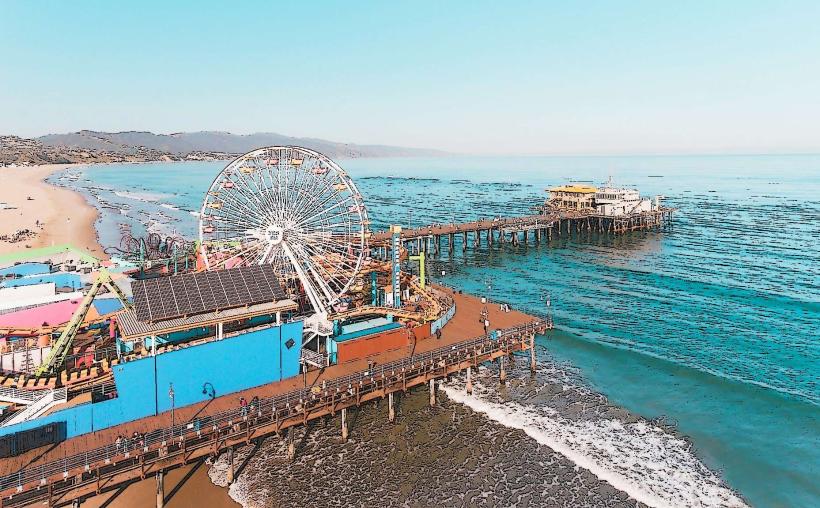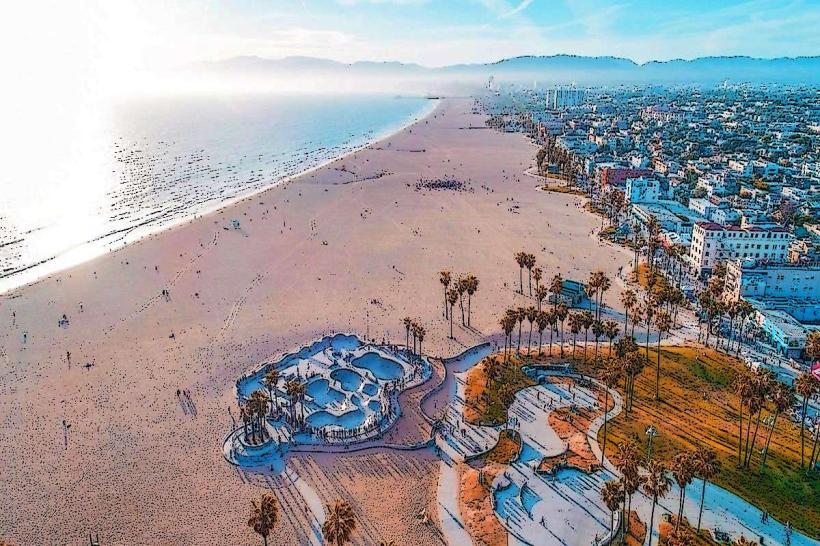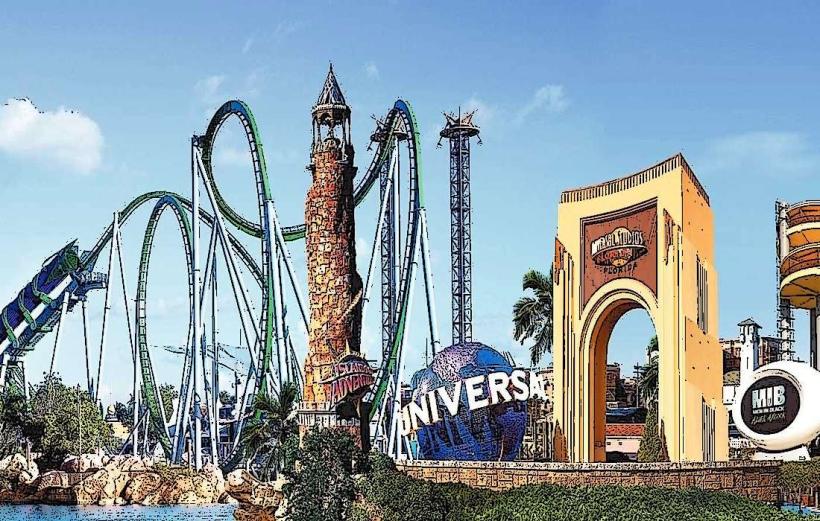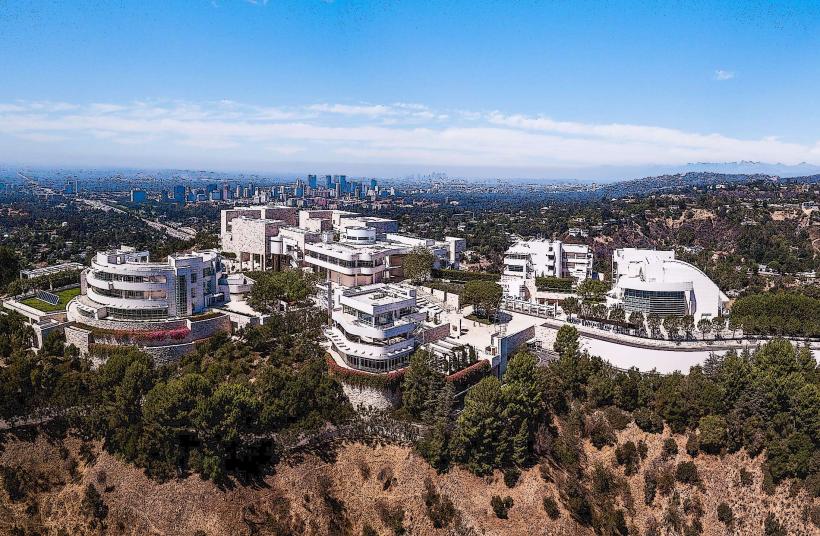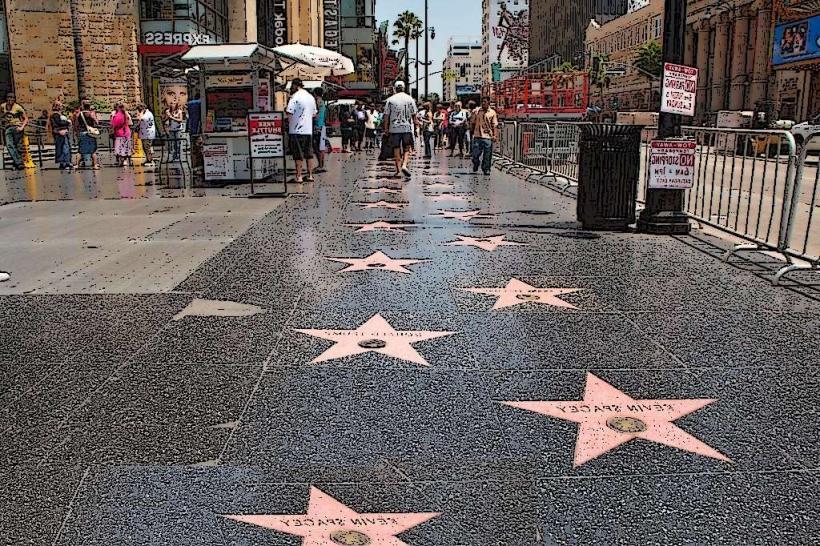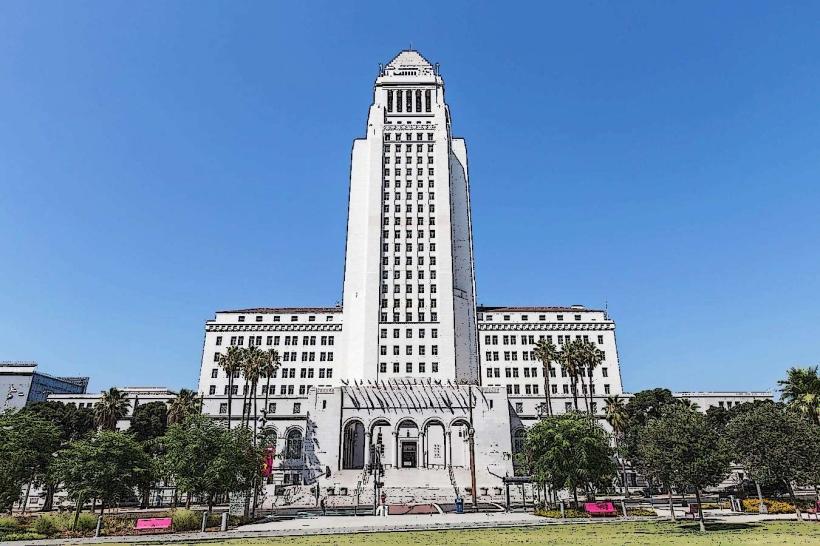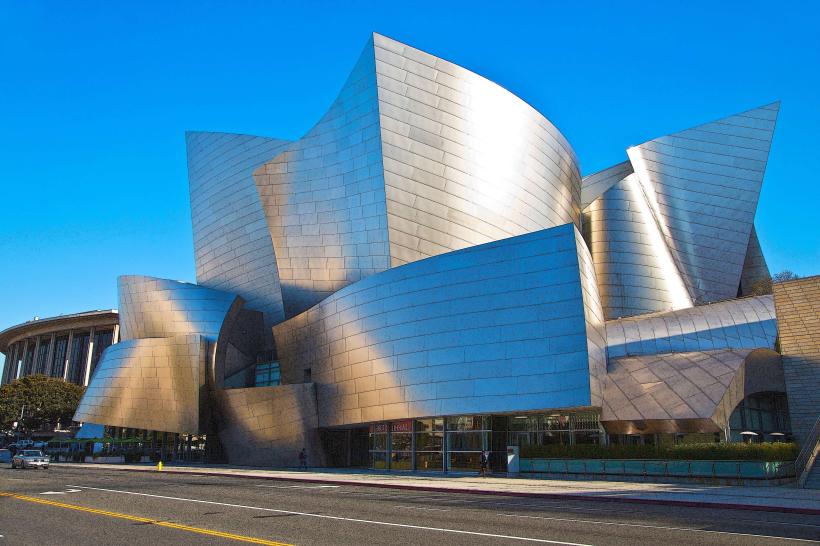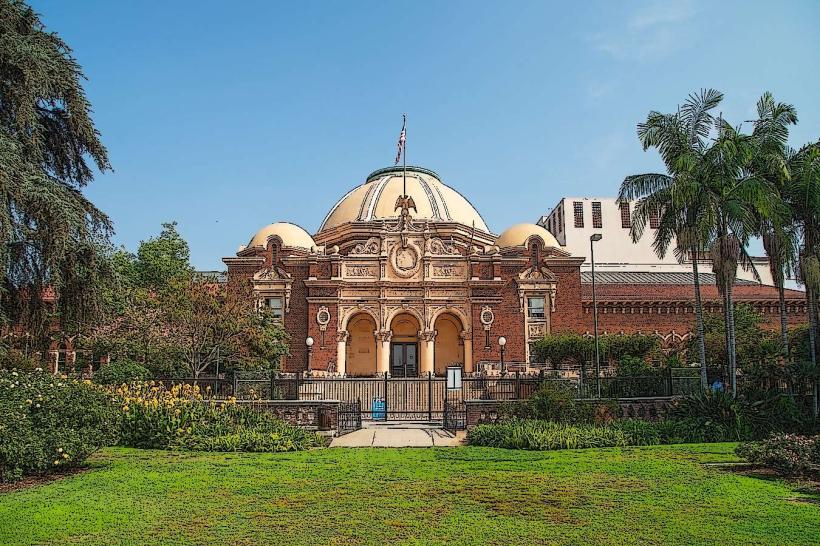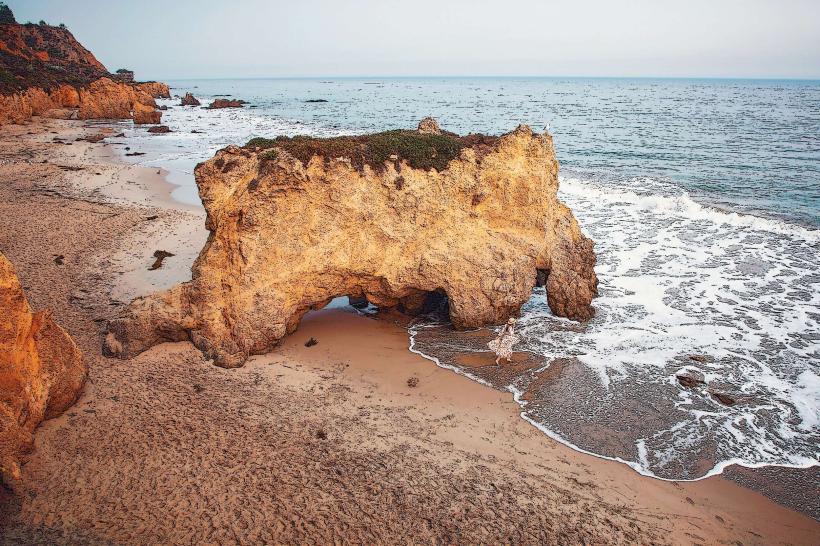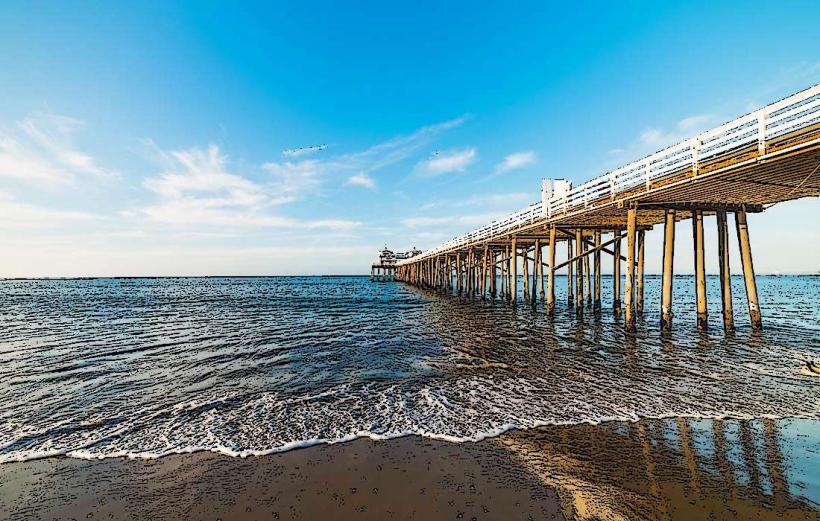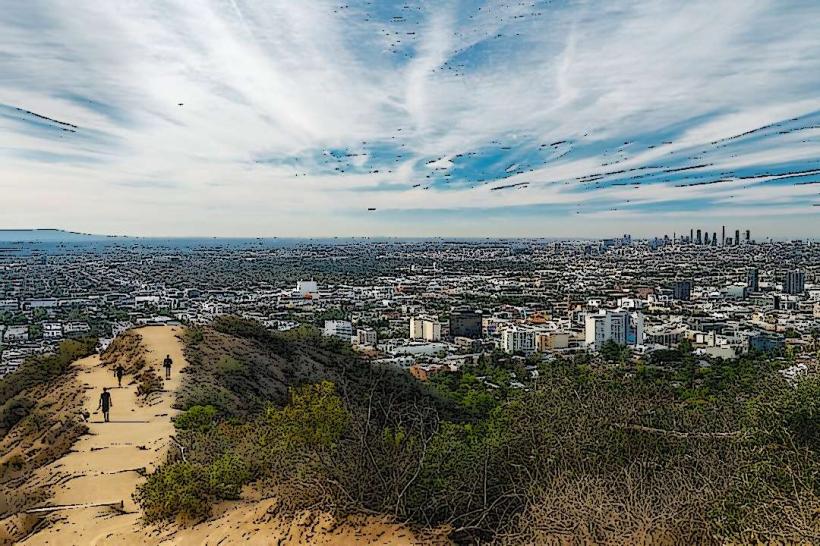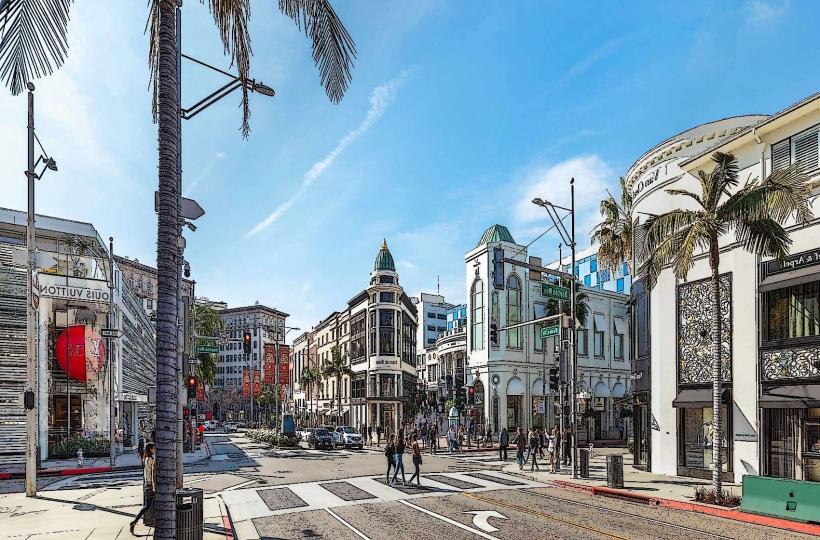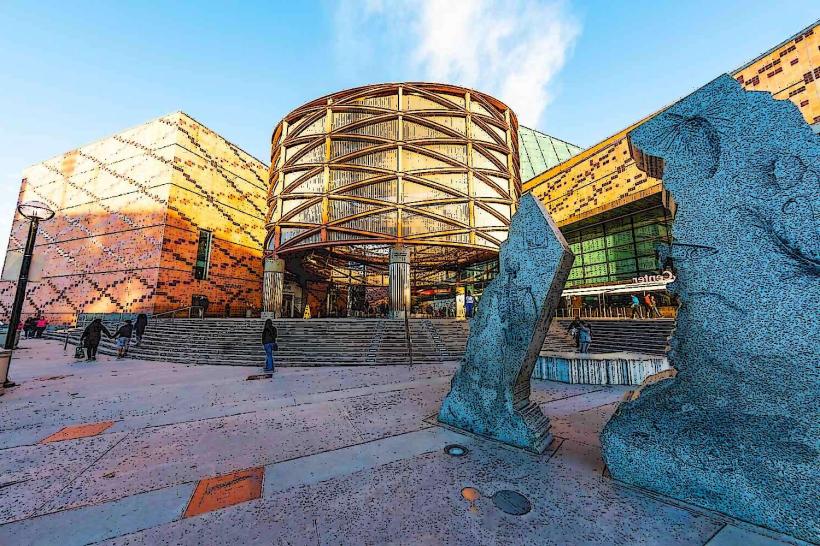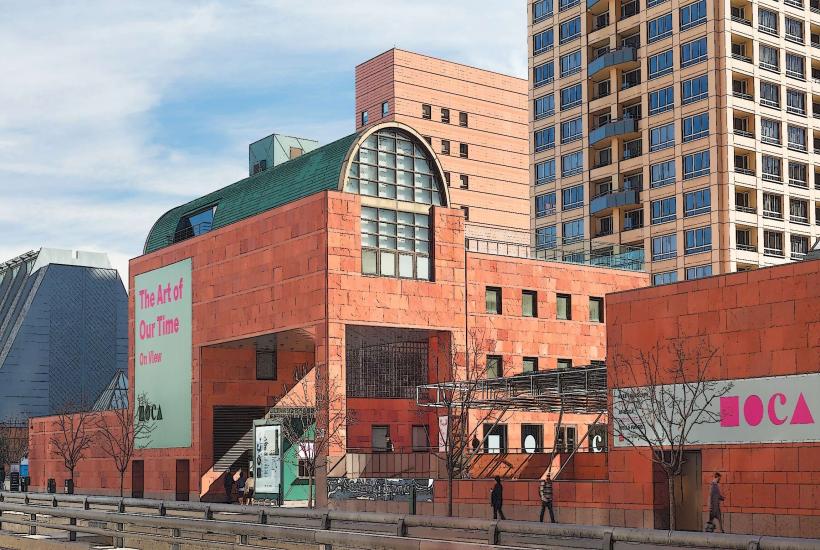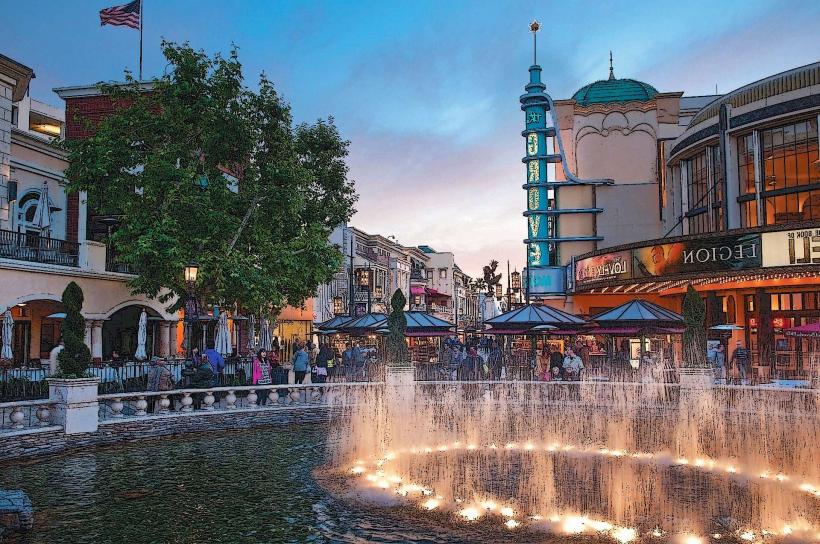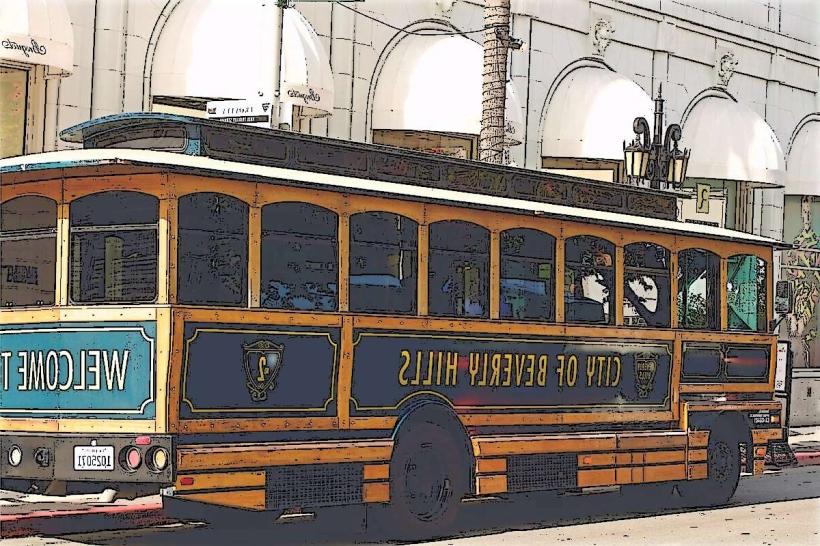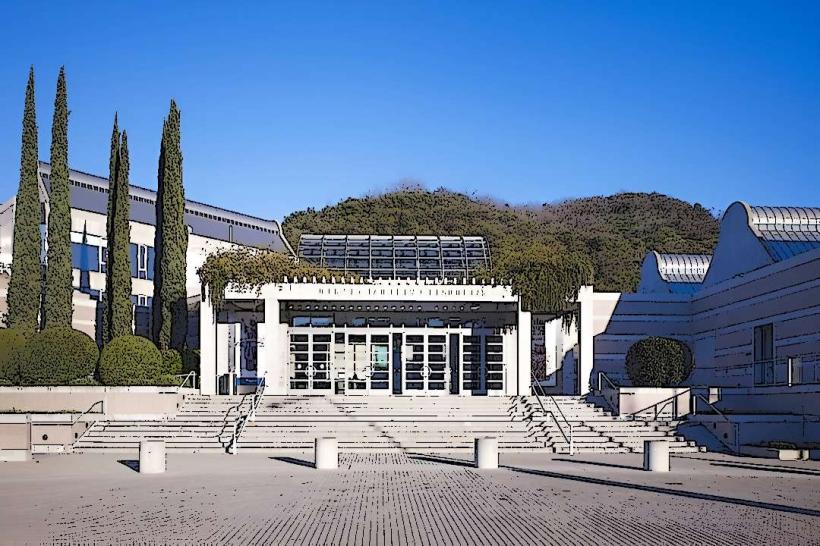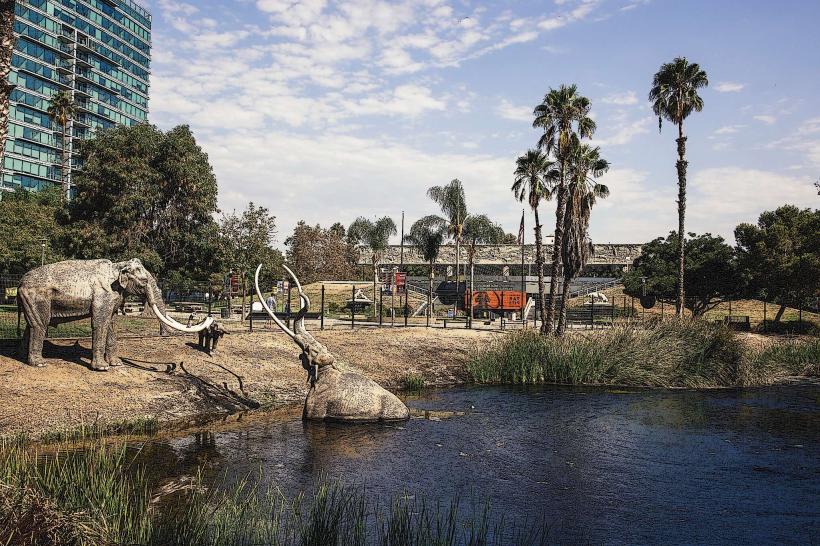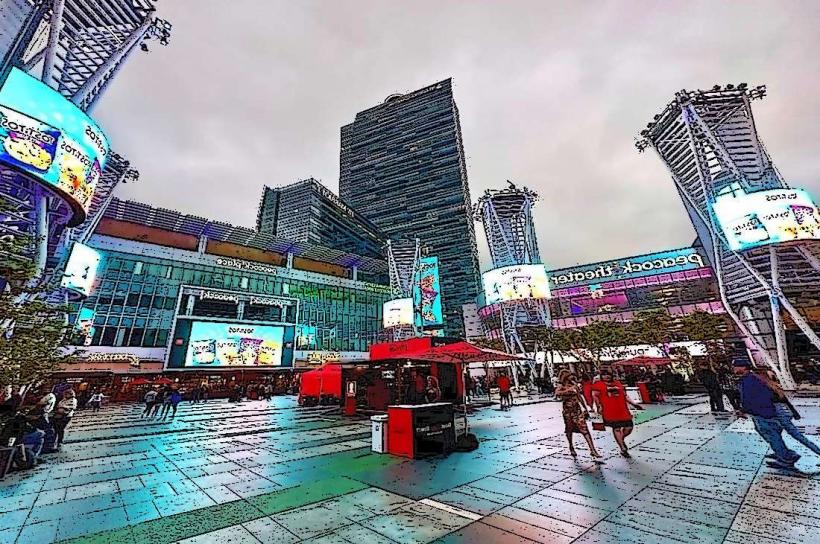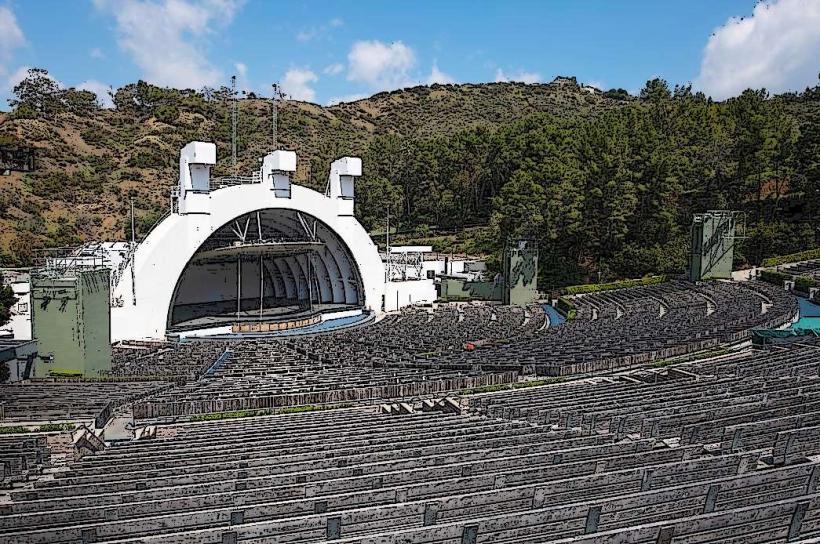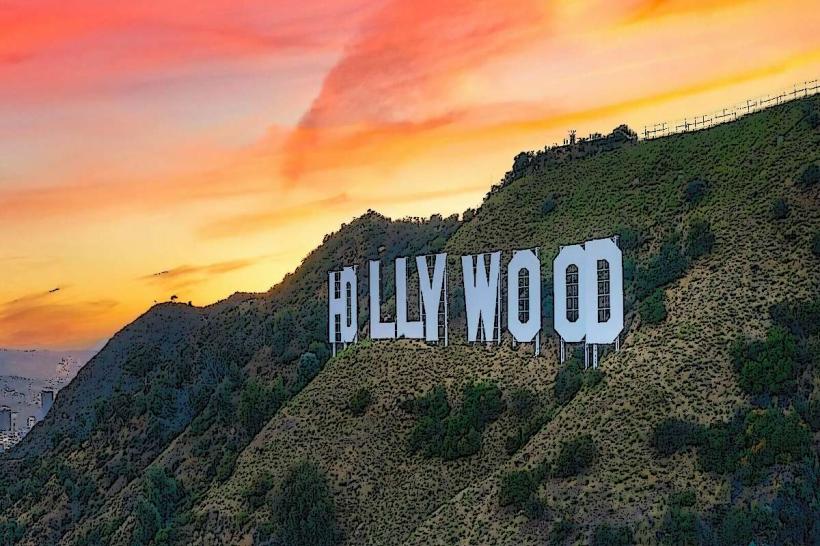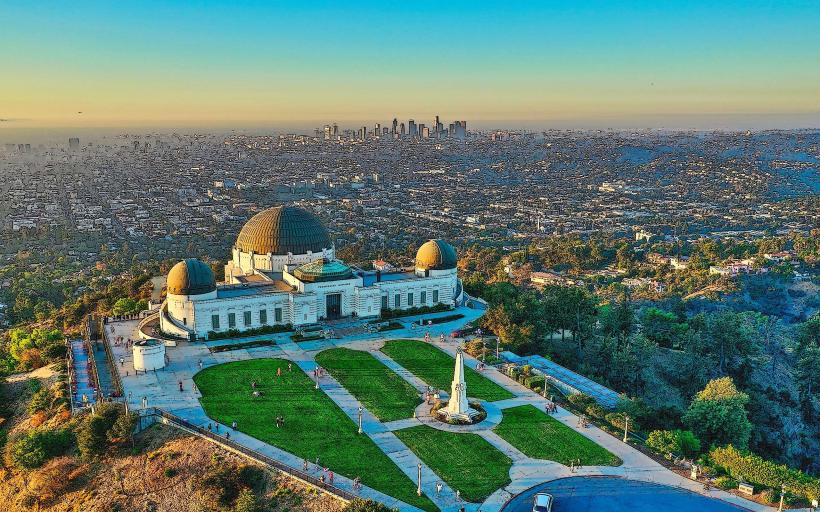Information
Landmark: Los Angeles County Museum of Art (LACMA)City: Los Angeles
Country: USA California
Continent: North America
Los Angeles County Museum of Art (LACMA), Los Angeles, USA California, North America
The Los Angeles County Museum of Art (LACMA) is the largest art museum in the western United States and one of the most influential cultural institutions in California. Located in the Miracle Mile district of Los Angeles, LACMA serves as a hub for art, culture, and education, with a vast and diverse collection that spans the history of human creativity. Below is a detailed overview of LACMA:
History
Founding: LACMA was founded in 1961 when several smaller collections in Los Angeles were brought together to create a major institution dedicated to the arts. Its founding was part of a broader cultural movement in Los Angeles to develop world-class cultural institutions.
Expansion: Over the years, LACMA has expanded its holdings and its physical space. The museum has undergone numerous renovations and expansions to accommodate its growing collection and provide modern facilities for visitors.
Vision: LACMA's mission is to collect, preserve, and display works of art in ways that foster creativity and broaden the understanding of human culture, both locally and globally. The museum seeks to provide access to art in all its forms, engaging the public through exhibitions, education, and special programs.
Architecture
LACMA's Design: The museum is known for its architectural diversity, with several different buildings and wings that house its many collections. The museum has been designed and redesigned by a range of world-renowned architects over the years.
The Buildings: LACMA is composed of multiple buildings, including the Bing Center, the Ahmanson Building, the Lindhurst Foundation Building, and the Resnick Pavilion. These spaces house collections ranging from ancient artifacts to contemporary art.
The Urban Light Installation: One of LACMA’s most iconic features is the Urban Light installation by artist Chris Burden, located outside the museum. The installation consists of 202 restored street lamps from the 1920s and is a favorite photo spot for visitors.
Art Collections
LACMA’s collection spans 6,000 years of art from ancient to modern periods, covering a wide range of cultures and geographical regions.
European Art
Renaissance to 19th Century: LACMA has a significant collection of European art, including paintings, sculptures, and decorative arts from the Renaissance through the 19th century. This includes masterpieces from artists like Rubens, Rembrandt, and Goya.
Goya's "The Clothed Maja": One of the highlights of the museum’s European collection, this painting by Francisco de Goya is considered one of the great works of Spanish art.
Rembrandt's "Self-Portrait": A key piece in LACMA’s European collection, showcasing the artist’s mastery in capturing psychological depth and emotion.
American Art
Colonial to Contemporary: LACMA holds a vast collection of American art, spanning from the colonial period to contemporary works. The collection includes paintings, sculptures, and decorative arts.
Thomas Eakins' "The Gross Clinic": A key piece in American art history, this painting by Thomas Eakins is a dramatic depiction of a surgical operation, showcasing both realism and the medical advancements of the time.
Modern American Art: LACMA is known for its substantial collection of works by American modern artists, including Jackson Pollock, Mark Rothko, and Willem de Kooning.
Asian Art
China, Japan, Korea, and India: LACMA has one of the most comprehensive collections of Asian art in the world, with significant holdings from China, Japan, Korea, and India. These collections include sculpture, painting, ceramics, calligraphy, and textiles.
Chinese Ceramics: LACMA has an extensive collection of Chinese ceramics, including pieces from the Tang, Song, and Yuan dynasties.
Japanese Samurai Armor: The museum also features a notable collection of Japanese samurai armor, reflecting the historical and cultural importance of the samurai class in Japan.
Indian Temple Sculpture: The museum holds important examples of Indian religious art, including sculptures from Hindu and Buddhist temples.
Modern and Contemporary Art
Post-World War II Art: LACMA has an outstanding collection of modern and contemporary art, with works by major figures of the 20th and 21st centuries. The collection spans painting, sculpture, installation art, photography, and video art.
Contemporary Artists: The museum’s collection includes works by Andy Warhol, Roy Lichtenstein, David Hockney, and Chris Burden, among many others. These works explore a range of styles, themes, and media, reflecting the changing landscape of contemporary art.
Photographic Collection: LACMA’s photography collection includes works from the early history of photography to contemporary photographers. It features works by iconic photographers such as Ansel Adams, Edward Weston, and Cindy Sherman.
Latin American Art
Pre-Columbian to Contemporary: LACMA also houses a significant collection of Latin American art, including pre-Columbian artifacts, colonial period works, and contemporary art. The museum’s collection includes both traditional and modern works from Mexico, Central America, and South America.
Mexican Modernism: LACMA holds important works by Diego Rivera, Frida Kahlo, and David Alfaro Siqueiros, key figures of the Mexican modernist movement.
Contemporary Latin American Artists: The museum also features contemporary Latin American artists, including Tarsila do Amaral, Joaquín Torres García, and Beatriz Milhazes.
African Art
Sub-Saharan Africa: The museum’s African art collection includes sculptures, masks, textiles, and ceramics from a variety of cultures throughout Sub-Saharan Africa. These works represent both historical and contemporary art from the region.
African Sculpture: LACMA has significant examples of African sculpture, particularly from West and Central Africa. The collection reflects the cultural and spiritual significance of these objects in their original contexts.
Exhibitions and Programs
LACMA hosts rotating exhibitions throughout the year, often focusing on specific artists, movements, or cultural themes. These exhibitions provide an opportunity for the museum to showcase both historical and contemporary works, as well as thematic explorations of specific cultures or ideas.
Major Exhibitions
King Tut: Treasures of the Golden Pharaoh: This traveling exhibition, which LACMA hosted in 2018, featured artifacts from the tomb of Tutankhamun and attracted massive crowds.
Gauguin: A Spiritual Journey: LACMA has featured major exhibitions on individual artists, such as a retrospective on Paul Gauguin, focusing on his work in Tahiti and his influence on modern art.
Educational Programs
Lectures and Panel Discussions: LACMA hosts a variety of lectures, panel discussions, and symposia featuring artists, curators, and scholars. These programs provide deeper insights into the works in the collection and their historical and cultural contexts.
Workshops: The museum offers workshops for both children and adults, focusing on hands-on learning and creative expression.
Family Programs: LACMA’s family programs include art-making workshops, family tours, and story times designed to engage children and families in the art experience.
LACMA and the Community
LACMA is deeply involved with the local community and offers numerous programs designed to make art more accessible to all. The museum provides free admission on certain days, discounted tickets, and special events for families, students, and underserved communities.
Visitor Experience
Hours: LACMA is generally open daily, except on holidays. It is recommended to check the museum’s website for specific opening hours, as they can vary.
Admission: Admission to the museum is charged, but it is free for LACMA members and on certain days, such as the second Tuesday of every month.
Parking: The museum offers parking on-site, though it can be crowded during peak hours. There are also other parking options available in the surrounding area.
Dining and Shopping
Dining: LACMA offers several dining options for visitors:
Ray's and Stark Bar: This restaurant features seasonal dishes and craft cocktails, offering a relaxed dining experience with views of the museum’s outdoor spaces.
Coffee Shop and Cafe: There are also more casual dining options, including a coffee shop and café for quick bites and refreshments.
Gift Shop: LACMA has an extensive gift shop that sells art-related merchandise, including books, prints, jewelry, and souvenirs inspired by the museum’s collections.
Fun Facts
Urban Light Installation: The Urban Light installation by Chris Burden is one of LACMA’s most photographed works. It consists of restored street lamps from the 1920s, which were once used in Los Angeles and have now been arranged in a stunning, symmetrical formation in front of the museum.
Largest Art Museum in the West: LACMA is the largest art museum in the western United States, housing over 120,000 works of art.
Summary
The Los Angeles County Museum of Art (LACMA) is a cultural treasure trove that offers a vast and diverse collection of art from across the world and throughout history. From its iconic architecture to its world-class exhibits, LACMA is a must-visit for art lovers and anyone interested in exploring the rich history of human creativity. Whether you’re drawn to ancient artifacts, contemporary installations, or immersive educational programs, LACMA provides a wealth of experiences that engage visitors and inspire curiosity.

